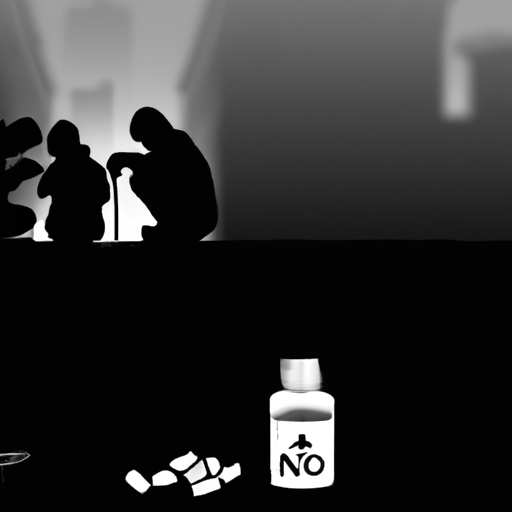The Canadian Opioid Crisis: A Perspective on Opioid Settlement Distributions
In 2021, the tentacles of the opioid crisis continue to grip not only the United States but Canada as well. Statistics Canada reports that nearly 16,000 people have died from apparent opioid-related causes in our country between January 2016 and June 2020. In this blog post, we delve into the opioid situation, focusing on how Ohio, a state that has been significantly affected by the opioid crisis, has begun dividing millions of dollars from opioid class action settlements to address its repercussions. The process in Ohio may alter the landscape of solutions for resolving similar crises in Canada.
We will explore the multifaceted impacts of opioids, including the link between opioid misuse and homelessness and rising crime rates, and discuss how the opioid settlement money is meant to address these challenges. Our source for this analysis is “Ohio foundation begins process to distribute millions in opioid settlement money.”
The Spiral Effects of the Opioid Crisis
As the opioid crisis continues to unabatedly claim lives and displace individuals, we cannot overlook the societal ripple effects. A few of these include:
- Rising homeless population: The complex relationship between opioid dependency and homelessness is hard to ignore. Opioid addiction can lead to job loss, eviction, or disintegration of supportive relationships, thrusting individuals into a cycle of homelessness.
- Increasing crime rates: As opioid dependency deepens, individuals may resort to criminal activities to sustain their addiction, leading to increased crime rates.
- Overwhelming healthcare systems: The burden of treating and rehabilitating individuals with opioid addiction places a significant strain on our healthcare system.
Mitigating Measures: Naloxone and More
As part of the fight against the opioid crisis, lifesaving naloxone kits have been distributed across Canada. Naloxone can temporarily reverse an opioid overdose, providing crucial minutes to seek emergency assistance. While important, naloxone kits tackle the symptoms rather than the roots of the crisis. More comprehensive strategies are required to address the myriad causes and ramifications of the problem.
Unpacking The Ohio Foundation’s Implementation Model
The model chosen by the Ohio foundation may illuminate a path for effective distribution of funds to combat the opioid crisis. The settlement money is being divided among communities ravaged by the opioid epidemic and allocated for multiple purposes.
Let’s take a broader look at the proposed distribution of the opioid settlement:
- 16.5% of the funds are allocated for local governments, to help mitigate the impacts of the opioid crisis by fostering better public health and safety measures.
- A foundation dubbed “OneOhio,” composed of both state and local governments, will receive 55% of the funds to address long-term issues stemming from the opioid crisis.
- Finally, 30% is dedicated to creating opportunities for local governments to collaborate with each other and share resources to combat the crisis more effectively.
- Additionally, a proportion of the funds will be invested in data-driven initiatives and methods to improve public health and safety, prevention education and addiction treatment services.
Reflecting on The Ohio Foundation’s Initiative
As we glance at Ohio’s approach to managing the opioid settlement funds, we must make the following observations:
- Shared responsibility: OneOhio underscores the need for collaboration between all government levels, from local to state, when addressing multi-faceted crises like opioid addiction.
- Balance between immediate and long-term mitigation: The distribution strategy evenly addresses both immediate concerns and long-term systemic issues arising from the opioid crisis. The creation of opportunities for local governments to collaborate is a prime example of this balance.
- Emphasis on education: The allocation of funds for education underpins the importance of prevention in overcoming the crisis.
- Investment in data-driven initiatives: Recognising the role of empirical evidence to strategize public health initiatives illustrates the progressive thinking embodied in Ohio’s approach.
Closing Reflections on the Canadian Opioid Crisis
For Canada, the renegotiation of the opioid class action offers a glimmer of hope and an opportunity for transformative action to address this public health crisis. As we recalibrate our strategies, the lessons gleaned from Ohio’s approach can serve as a guiding light. An integrated, multi-leveled response that addresses immediate issues of public health and safety, as well as long-term systemic issues, can prepare us better for both prevention and recovery.
Through strategic deployment of resources for education, addiction treatment, and public safety, the widespread effects of the opioid crisis can be curbed, potentially decreasing homelessness and crime rates and easing the burden on our healthcare systems. By drawing on past experiences, data-led decisions, and new collaborations, we can counter the opioid crisis head-on and build a healthier, safer future for all Canadians.
